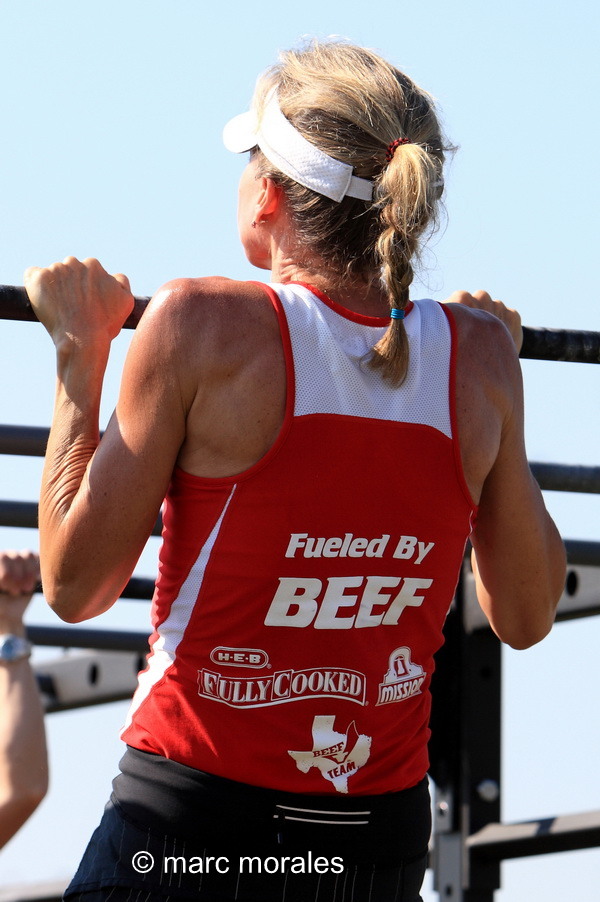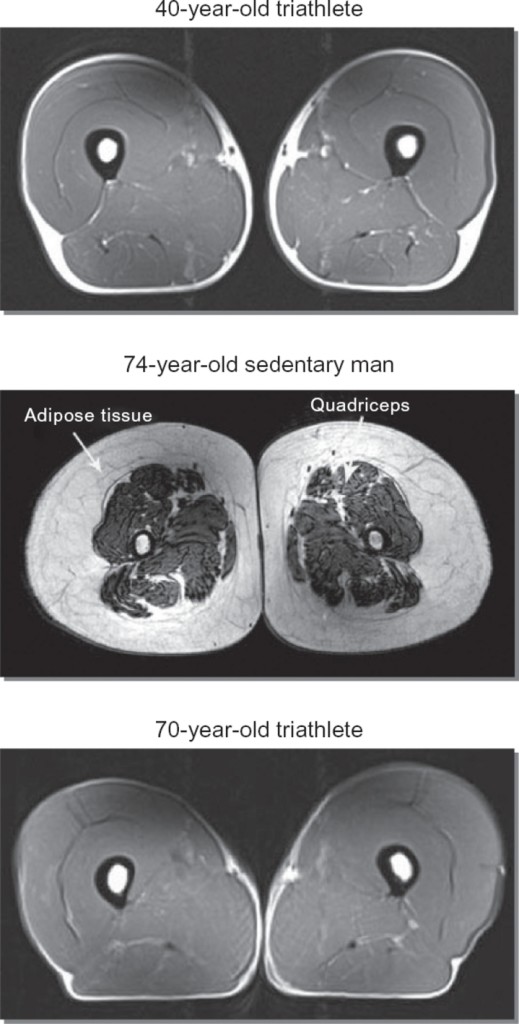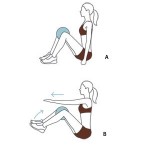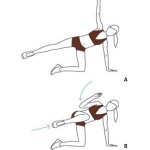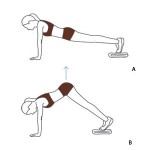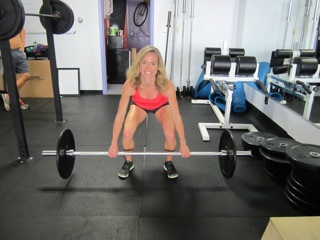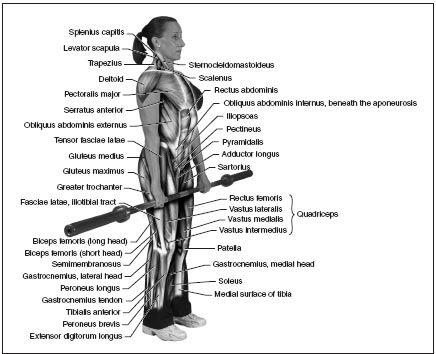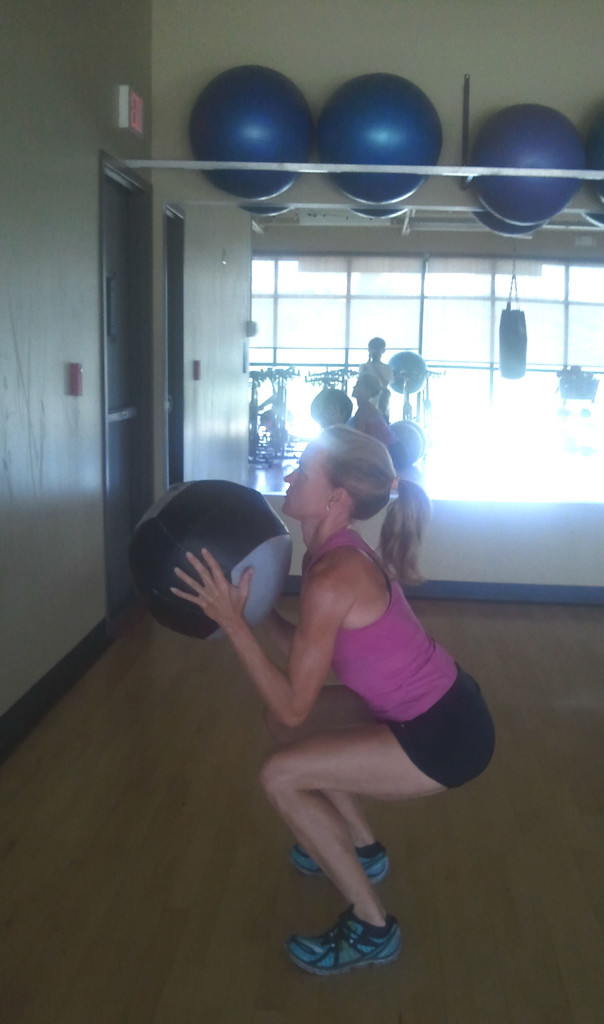
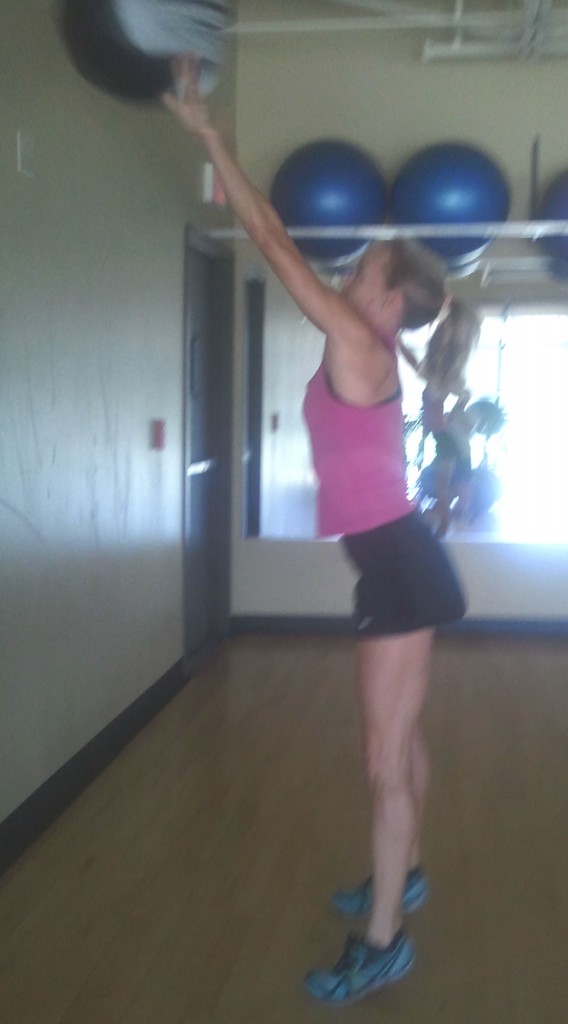 If you’re getting into CrossFit or some other functional fitness program, you’ll soon be introduced to Wall Ball, if you haven’t already! When you consider functional exercise is meant to move multiple muscles and joints over multiple planes, Wall Ball is a winner in so many ways! This one move alone works 11 different muscles including quads, glutes, calves, hamstrings, abs, lower back, chest, front delts, back delts, bis and tris. Plus, if you are doing the drill to achieve the highest number of reps possible within a certain time period, it can also be quite an intense cardiovascular workout.
If you’re getting into CrossFit or some other functional fitness program, you’ll soon be introduced to Wall Ball, if you haven’t already! When you consider functional exercise is meant to move multiple muscles and joints over multiple planes, Wall Ball is a winner in so many ways! This one move alone works 11 different muscles including quads, glutes, calves, hamstrings, abs, lower back, chest, front delts, back delts, bis and tris. Plus, if you are doing the drill to achieve the highest number of reps possible within a certain time period, it can also be quite an intense cardiovascular workout.
As the name implies, the only equipment needed for Wall Ball is a sturdy wall and soft medicine ball. Beginners can start with a 6-pound ball and, over time, work up to 10, 12, 16, 20 pounds or more! Before you start the drill, chalk off a line about 8 to 10 feet above the ground as your target.
To perform the movement, assume a front squat position with feet shoulder width apart. Hold ball to your chest, elbows tucked close to sides. Propel body upward in an explosive movement and follow through by pushing / tossing the ball toward the wall target. As the ball rebounds, catch it with outstretched arms and absorb the impact while moving back into the squat position. Repeat for a predetermined amount of reps (5 sets of 8 reps a good start). Be mindful that each shot / catch movement remains fluid and continuous. The drill can be made as difficult as needed by increasing the weight of the ball, moving further back from the target, or raising the height of the target.
As you become more proficient, The CrossFit Journal lists milestones to work toward:
- 1 minute: 25 shots
- 2 minutes: 50 shots
- 3 minutes: 75 shots
- 4 minutes: 100 shots
- 5 minutes: 125 shots
- 6 minutes: 150 shots

